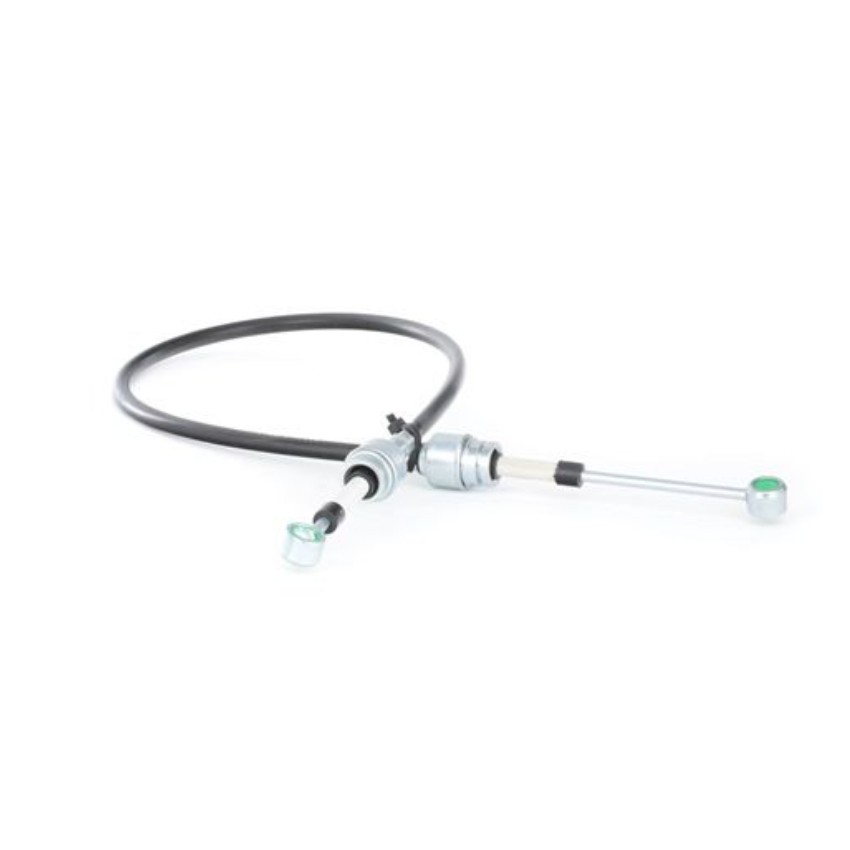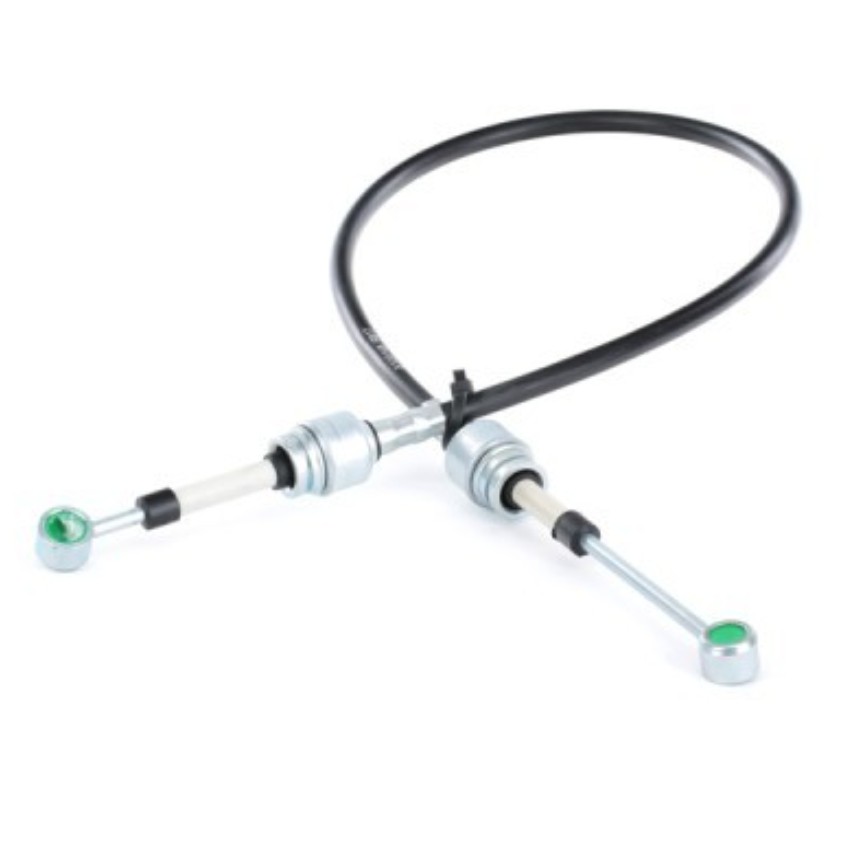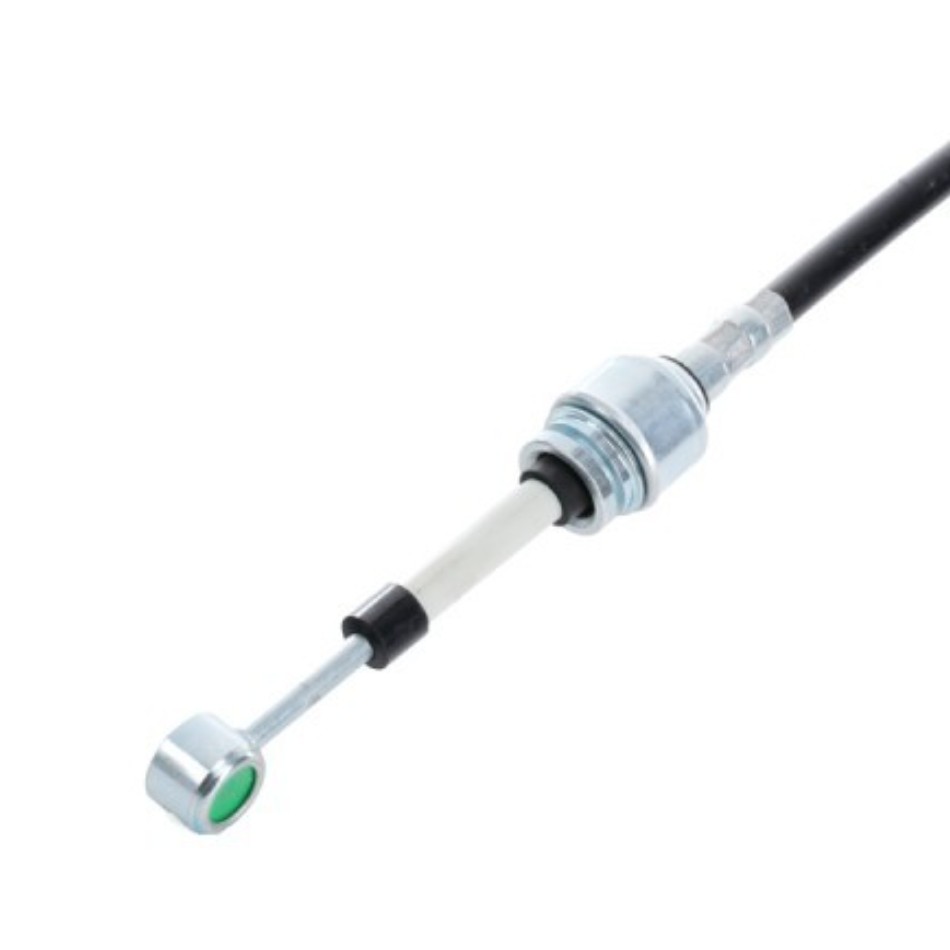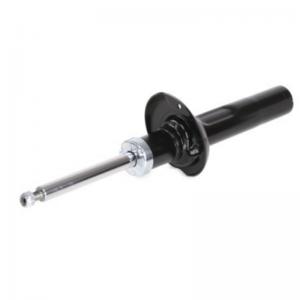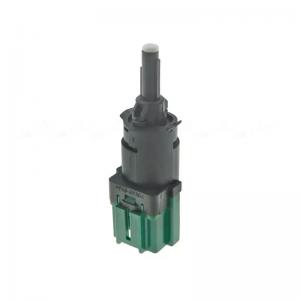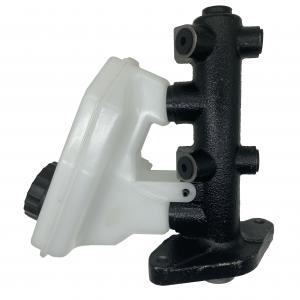Manual Transmission Cable
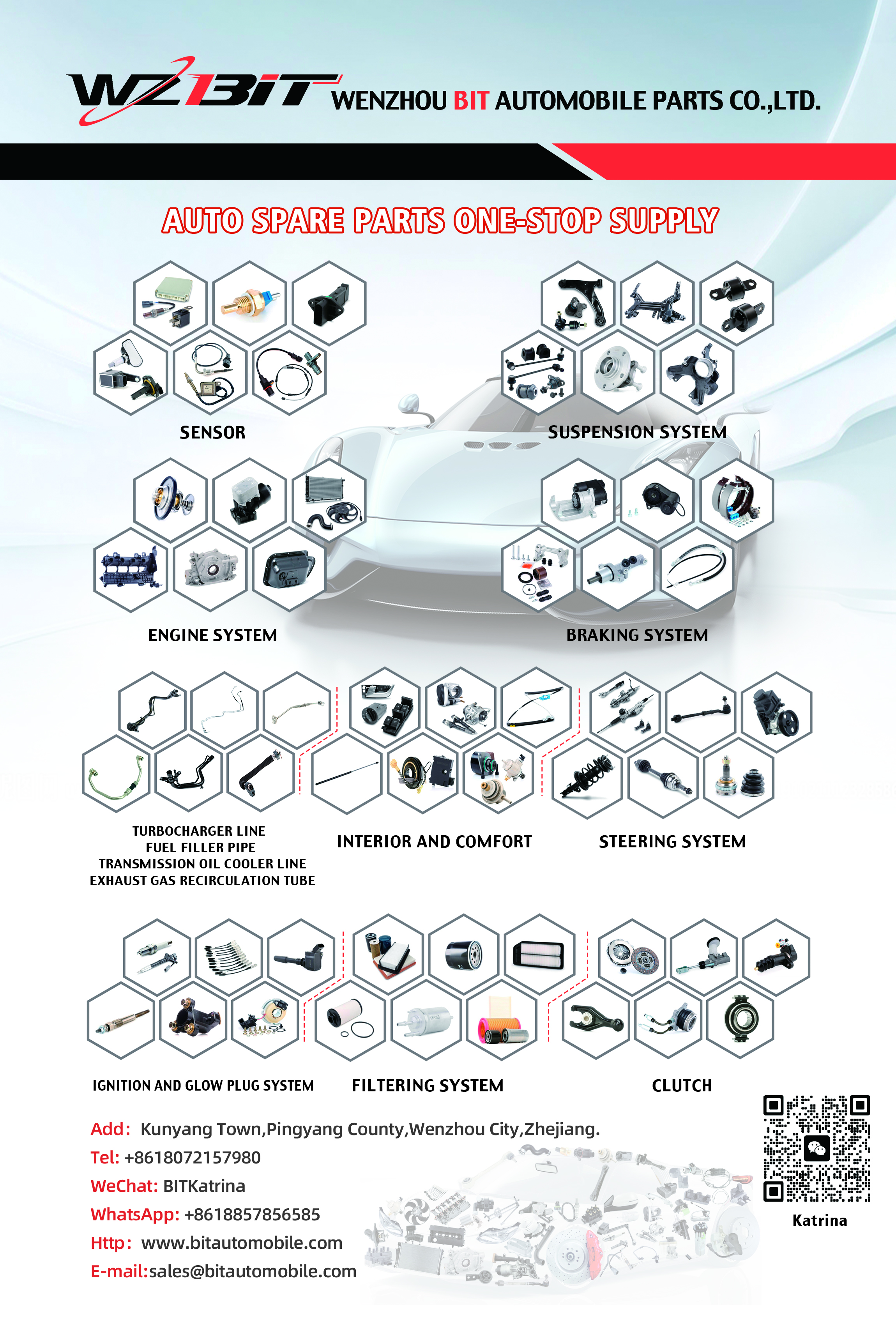
OE Number
| 331010 | 46821889 |
| 46519171 | 55186856 |
| F46544421 | 55194775 |
| 46803966 | 55234098 |
Compatible Applications
| FIAT Punto II Hatchback (188) (Year of Construction 09.1999 - 03.2012, 52 - 97 PS, Petrol, Petrol/Ethanol, Petrol/Natural Gas (CNG), Petrol/Petroleum Gas (LPG)) |
| LANCIA Y (840) (Year of Construction 11.1995 - 09.2003, 54 - 86 PS, Petrol) |
Construction
A typical manual transmission cable consists of:
- Cable Housing: A flexible outer sheath that protects the inner cable from damage and provides a pathway for its movement.
- Inner Cable: A steel cable or wire rope that transmits the movement from the gear shifter to the transmission linkage.
- End Fittings: Metal or plastic connectors at both ends of the cable that attach to the gear shifter and the transmission linkage.
- Adjusters: Some cables include adjusters to fine-tune the cable length and ensure precise gear selection.
- Mounting Brackets: Used to secure the cable housing to the vehicle chassis, preventing excessive movement and ensuring smooth operation.
Operation
1. Gear Selection: When the driver moves the gear shifter, the inner cable moves within the housing.
2. Transmission Linkage: The movement of the inner cable is transmitted to the transmission linkage, which selects the appropriate gear.
3. Engagement: The selected gear engages within the transmission, allowing the vehicle to move at the desired speed and direction.
Importance
- Driver Control: Provides a direct mechanical link between the gear shifter and the transmission, allowing the driver to manually select gears.
- Precision: Ensures accurate gear selection and engagement, crucial for the proper operation of the transmission.
- Reliability: A well-maintained cable ensures smooth and reliable gear shifts, contributing to overall vehicle performance.
Maintenance
Regular maintenance and inspection of the manual transmission cable are essential for proper gear operation:
- Visual Inspection: Regularly check the cable housing and inner cable for signs of wear, damage, or corrosion.
- Lubrication: Ensure the cable and its fittings are properly lubricated to reduce friction and prevent sticking.
- Adjustment: Periodically check and adjust the cable to ensure precise gear selection and prevent gear slippage or difficulty in shifting.
Replacement
If the manual transmission cable shows signs of wear, damage, or failure, it should be replaced to maintain proper gear function. Replacement typically involves:
1. Accessing the Cable: Locate the cable routing from the gear shifter to the transmission, often requiring the removal of interior panels or undercarriage components.
2. Disconnecting the Cable: Detach the cable from the gear shifter and transmission linkage, taking note of any clips or fasteners.
3. Removing the Cable: Carefully remove the old cable from its mounting brackets and routing path.
4. Installing the New Cable: Route the new cable along the same path, securing it with mounting brackets and ensuring it is properly aligned.
5. Connecting the Cable: Attach the cable ends to the gear shifter and transmission linkage, ensuring secure and proper connections.
6. Adjusting and Testing: Adjust the cable as necessary to ensure accurate gear selection, then test the gear shifts to confirm smooth operation.
In Summary
The manual transmission cable is a vital component that connects the gear shifter to the transmission, allowing the driver to manually select gears. Regular inspection, maintenance, and timely replacement of the cable are essential for precise gear shifts and overall vehicle performance.
Send your message to us:


